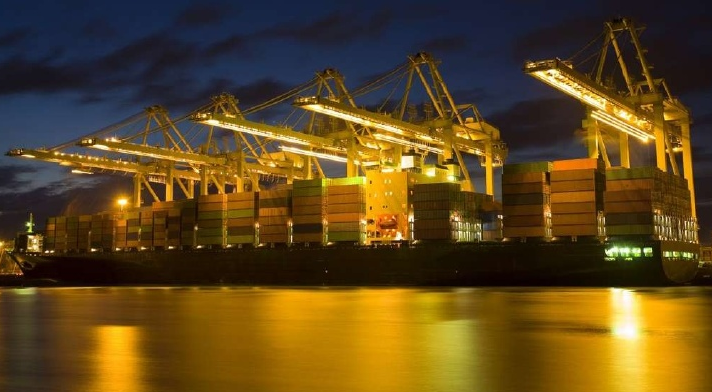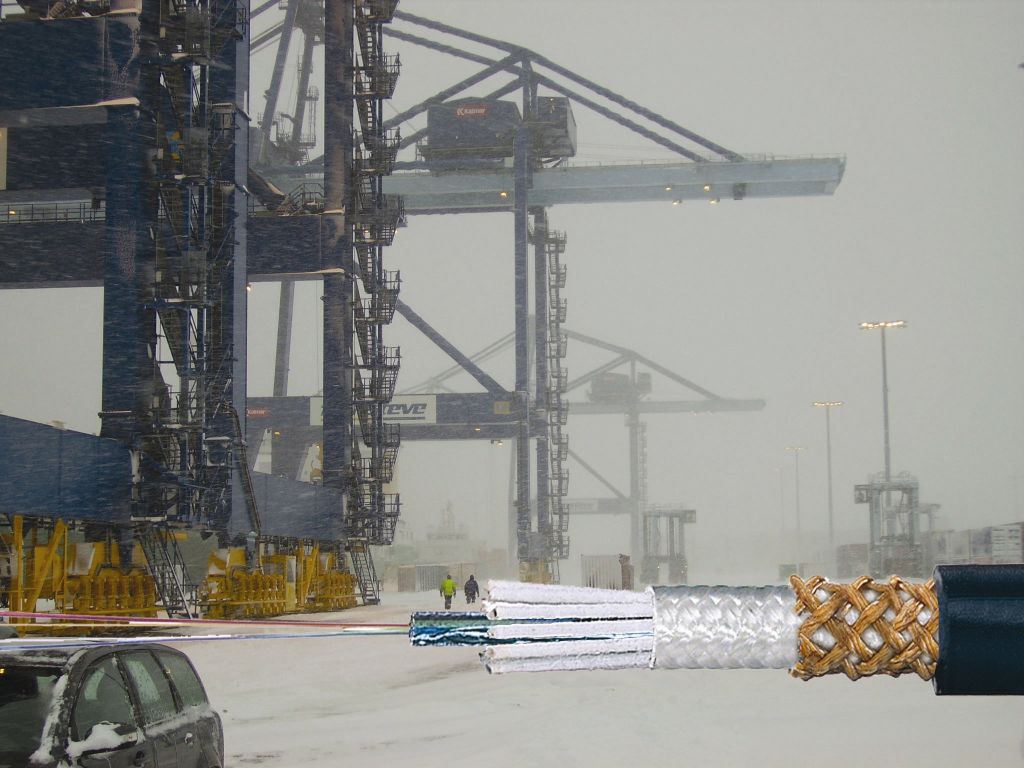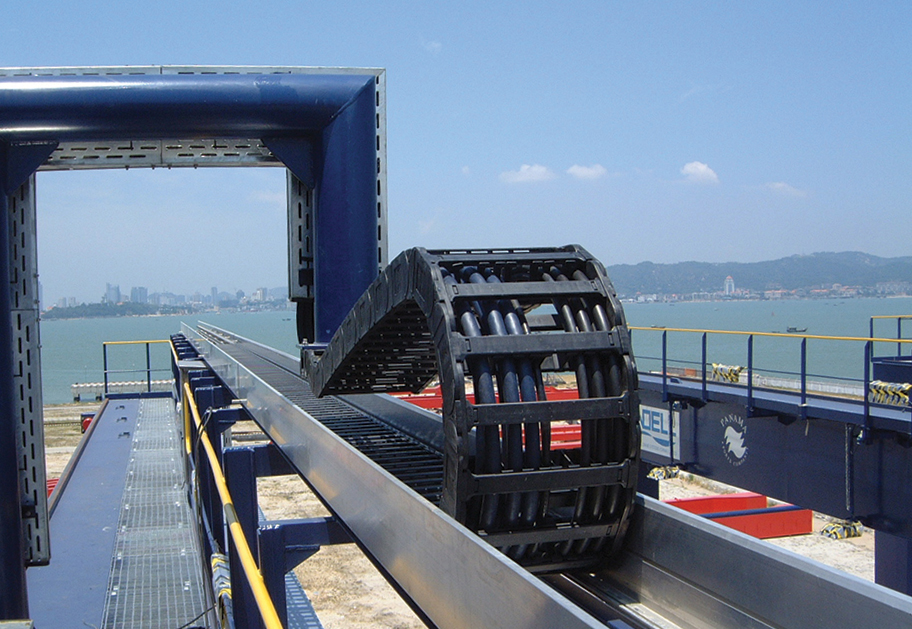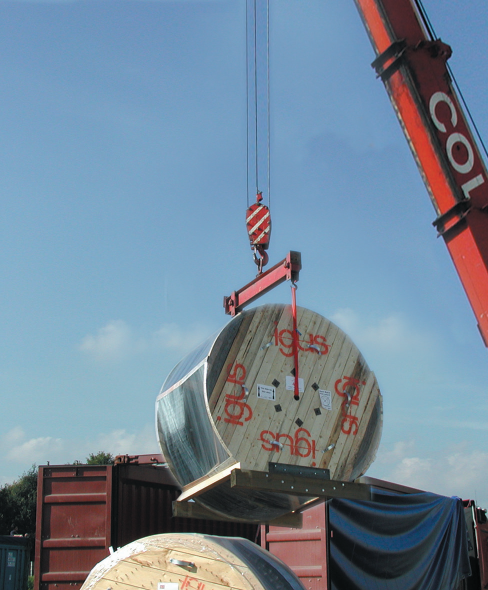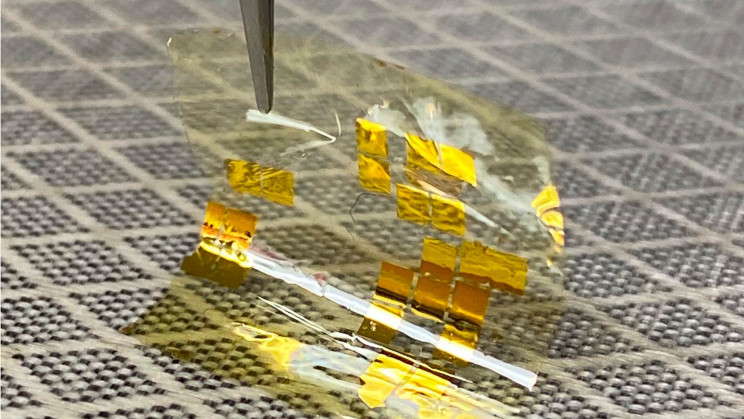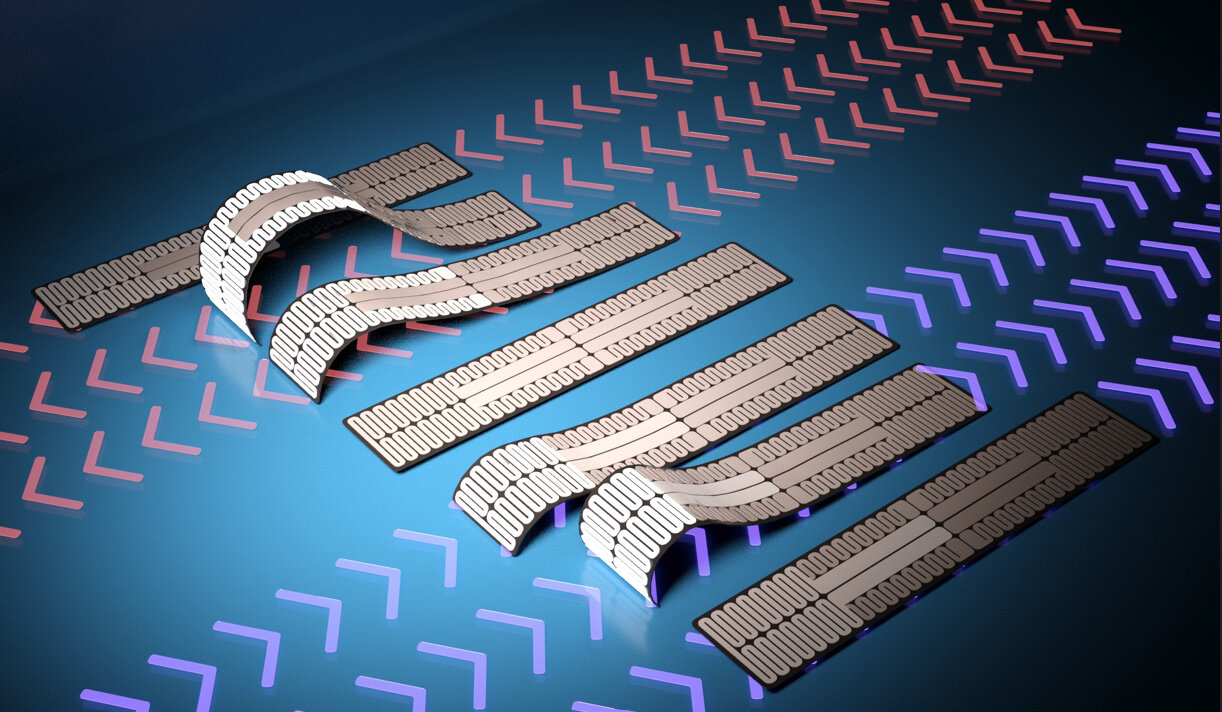The demand for greater and faster data transmission in container ports is driving an increase in the use of fiber optic cables, a growing trend among cable manufacturers.
Terminal automation, in all of its guises, whether in fully or semi-automated facilities where constant information is required to track the movement of containers or handling equipment, is seeing a rise in the amount of data needing to be transmitted.
When it comes to productivity, speed is of the essence, and in order to ensure that increased real-time data is available throughout the handling process, cable manufacturers are shifting from traditional twisted copper cables, still required for power transmission, to fiber optics, where signals are transmitted by light.
The handling process mentioned above encompasses the box either entering or leaving the terminal through the gate, in addition to its position in the stack or during the quayside loading/discharge process.
Fiber optic cables have, for some time, been used in container stack cranes (RTGs and RMGs), as well as in ship-to-shore cranes (STS) that are supporting technology such as OCR, RFID and GPS.
Such cables can handle greater volumes of data faster and safer, and being transmitted by light, the information is unaffected by any magnetic fields within the crane.
While many STS cranes continue to use festoon or reel systems for trolley travel, cables, both twisted copper and fiber optics, can be prone to failure simply because of the forces exerted by the frequency of movement.
This jostling around can result in breaks within the cable, especially when it comes to the bending radius, resulting in greater downtime to replace damaged cables.
“In the past, ports had numerous problems with festoon systems causing the damaging corkscrew effect on cables. In addition, festoons tend to use thick rubber jackets to protect the cables within. This automatically increases the size and weight, requiring crane manufacturers to provide more space along with increased power to move the system,” Don Nester, Product Manager for Chainflex Cables at igus Inc., says.
To overcome these problems, over the past 25 years, igus has developed a complete cable program specifically for e-chain crane applications.
Today, there are e-chain and chainflex cable solutions available for all STS, RTG, and RMG cranes, benefiting from much shorter moving cable length compared to festoon systems. Not to mention, reduced weight because of the length, in addition to smarter, thinner, lighter cable constructions.
Standard fiber optic cables tend to house either 6, 12 or 18 strands within a single gel-filled protective central core, even though most port cranes only tend to use three to four fibers, according to Nester. The remainder, he says, are used as ‘redundant spares’ should the operational fibers fail.
The new igus chainflex CFLG.LB fiber optic cable uses 2 or 4 fibers, each contained within its own Aramid protective cover in a different bundle design. The cables are further protected by additional Aramid torsion braiding and a pressure-extruded halogen-free TPE outer cover.
“In addition to a cost reduction of the whole system, the benefits are easier connections of each fiber, reducing the cost of harnessing by more than 70%,” claims Nester. He added that around 85% of new RTGs already have the new cable, which can either be supplied directly to crane manufactures or retro-fitted as a cable replacement.
A true industry leader and innovator, igus is the only manufacturer that supplies fiber optic cables capable of withstanding temperatures of minus 40 degrees!
They have been tested with over 135 Mio cycles, making them suitable for use in ports located on any continent in the world.
While the properties of fiber optic cables allow for faster data transmission, the cables themselves are also unique in the fact they are capable of continuous and faster movement when it comes to the trolley.
igus, who has been developing cable carriers since 1971, developed its first gliding e-chain, with each link gliding on top of the others, over ten years ago. Today, its fourth generation ‘P4’ e-chain uses off-set rollers, integrated within the rolling point of the links to allow them to pass by rather than over each other.
This reduces the push-pull forces by up to 75%, in addition to reducing travel noise. The standard STS trolley speed is 240 m/min but on a prototype, fully automated STS crane in China, igus chains have hit speeds of up to 360 m/min. The system is designed to travel at up to 600 m/min in other industrial applications.
The ability to reach such speeds is, in part, the difference in weight between a festoon system and e-chain system. Based on a 100 m travel length festoon system on an STS crane, the weight would be in the region of 1.2 tons.
With a cable length of 120 m; using a chain system, the cable length would be approximately 50 m, with an overall weight of around 750 kilos, claims McCaskill.
He disclosed that a crane manufacturer told him that in comparison, the accepted maximum speed for a motor-driven festoon, as well as reel systems, is 300 m/min.
At the moment, an R & D project is ongoing to determine if the present stainless steel truss elements of the STS chains can be replaced with a salt-water resistant aluminum version, already used on RTGs and RMGs in order to further reduce the system’s weight.
The e-chain systems from igus can be fitted as new or retro-fitted. Last year, igus won the contract to supply its system, with speeds of up to 270 m/min, for all the STS and ASC cranes at the Maasvlakte 2 developments by both Terminals, along with supplying similar systems to a Port in the USA.
Now, that’s making a difference in the industry!

